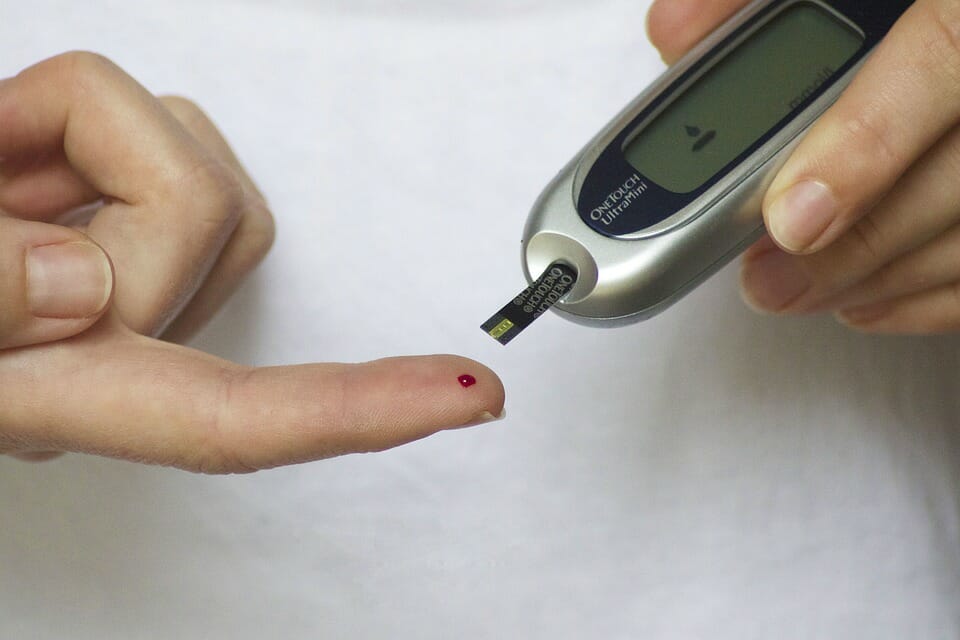CDC has revealed that more than 130 million adults have been diagnosed with diabetes in the U.S. Diabetes is a chronic condition that can have many health consequences if not managed correctly. The most common form of diabetes is Type 1 diabetes, which can be very difficult to manage, especially if you are a student on a limited budget. This article will discuss tips that will help you maintain your diabetic expenses and keep track of them.
Sell Your Test Strips
If you have any test strips left over, there are several options for selling them. One option is to donate them to a charity like the American Diabetes Association or another organization that helps people with diabetes. Another option is to sell them online on eBay or Craigslist. You can also head directly to a pharmacy in your area to sell and get cash for diabetic strips. Some pharmacies will buy your used test strips and donate them to hospitals and clinics that provide care for low-income families who can’t afford their supplies.
Finally, don’t forget that there are other people out there who need these supplies as well! If you know someone with diabetes who doesn’t have enough money for testing materials but needs them anyway, consider giving them some of yours. Or perhaps there’s a family member or friend who needs help managing their diabetes, offer up what you’ve got so they can stay healthy.
Request Financial Assistance
If you have health insurance through your school, ask your doctor to send a letter to the insurance company requesting financial assistance. If they determine you are eligible for help, they will provide it.
If your doctor cannot help with your diabetic expenses, ask them if they know another clinic or organization that may be able to help. They might know of other programs that exist in the community that can assist with some of your expenses.
You can also apply for financial assistance from the government by filling out an application and submitting it along with copies of your medical bills showing all of the tests and procedures performed thus far on yourself or family members since being diagnosed as diabetic.
Apply for a NeedyMeds Card
The NeedyMeds card is a program for patients who cannot afford to pay for their medications. According to the live counter on the official website, $326,563,355.61 were saved with the NeedyMeds card. If you have diabetes and cannot pay for your medication, contact your doctor and ask them to write you a note stating this. Once you have the letter, head to NeedyMeds’ website and apply online. You can print out the application form or request that they mail it directly to your home address.
Once they’ve received your application, they’ll send out an I.D. card within seven days. You can then take this card with you when visiting pharmacies so that they know exactly which drugs are covered by the program. The good news is that most pharmacies accept these cards, so there’s no need to worry about finding one that does.
Apply for an Assistance Program
The next step is to apply for assistance programs from your local hospital, community health center, or school. If you are eligible, they will provide free or low-cost supplies and may even offer a program to help pay for your insulin.
To qualify for this type of aid, you must have a letter from your doctor stating that you have diabetes and what type it is (type 1 or 2). This letter can also prove that your medical expenses exceed your income level.
Once the application has been submitted, it will take around a few months before they can provide an answer as to whether or not they will be able to assist with paying some of those costs.
Settle for Generic Versions
A generic drug is a copy of brand-name medicine with the same active ingredients. Generics are less expensive, but they work just as well as their brand-name counterparts. You can find a generic version of your medication at any pharmacy. Look for FDA-approved generic medicines which have undergone rigorous FDA Generic Drugs Program review to ensure that they meet the requirements.
Generic versions are usually available for the most popular prescription drugs, such as insulin and metformin. The only difference between the two is that generic versions do not have a fancy brand name or packaging design. However, these minor differences don’t affect how well the medicine works or its safety profile in your body.
Diabetic Living Can Be Expensive, but There Are Some Ways to Save
Diabetes is a chronic condition that requires careful management and can be expensive. According to Statista, the average annual cost of diabetes management per person in the U.S. is around $12,000. However, if you’re on a limited budget as a student—or even just a person interested in managing their finances well—you may not have much money left over after paying tuition each semester.
But there are ways to save money as someone living with diabetes. You can start by switching from name-brand medications to generics or cheaper alternatives like metformin hydrochloride (Glucophage). You can also look for discounts offered by your pharmacist or insurance company, some offer coupons for free blood glucose test strips if you sign up for specific programs.
